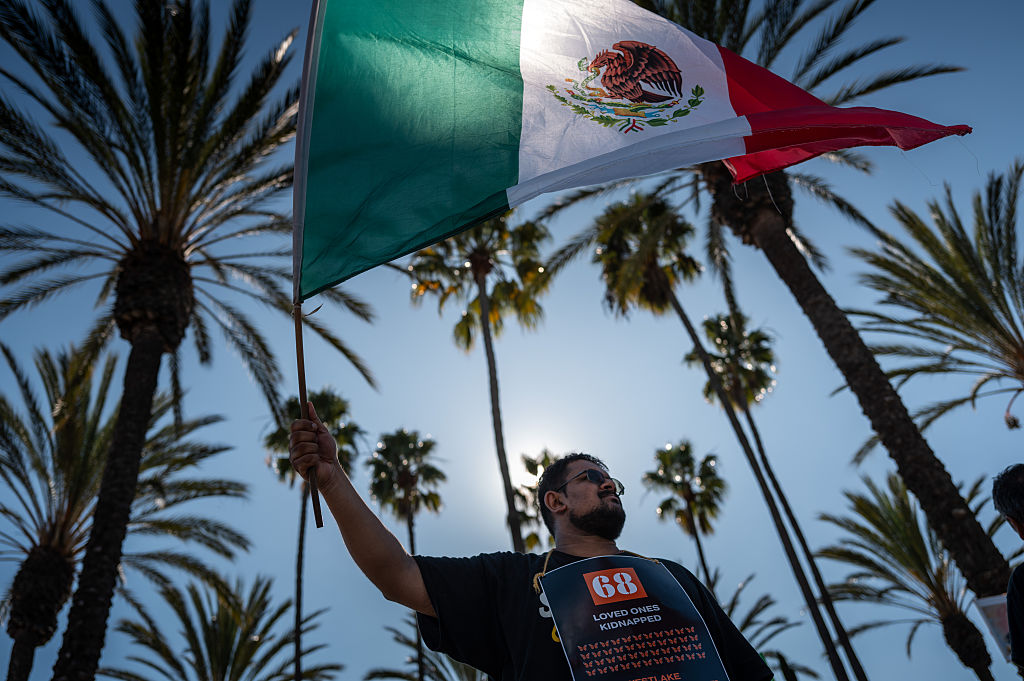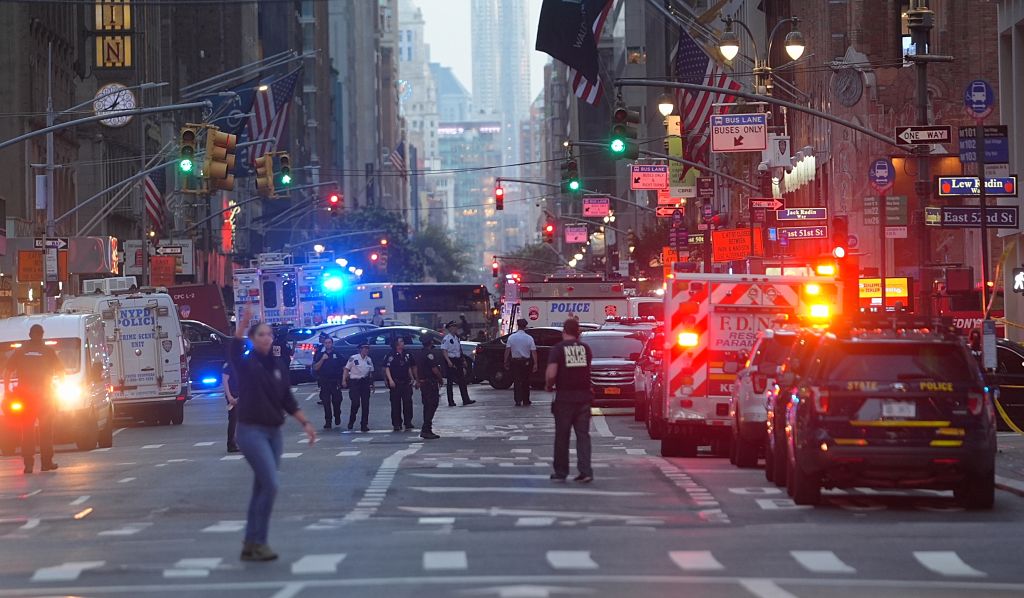Trump administration orders removal of ‘The Scourged Back’ and other relics of slavery from National Parks sites

The removal stems from Executive Order 14253, signed on March 27, titled “Restoring Truth and Sanity to American History.”
The 1863 photograph known as “The Scourged Back” shows an escaped enslaved man named Peter, his bare back marred by raised scars from repeated whippings. When the image was first published during the Civil War, it shocked the nation, offering undeniable proof of slavery’s brutality and helping to galvanize abolitionist sentiment in the North.
More than 160 years later, the public may soon no longer be able to view it in national park exhibits, as the Trump administration moves to remove the photograph and other relics of slavery from federal sites.
On Monday, September 15, four people familiar with the situation who spoke to the Washington Post said federal staff have been instructed to remove “The Scourged Back” and other interpretive signs, photos, and exhibits that focus on slavery, racial trauma, and other “negative” aspects of U.S. history.
The removal stems from Executive Order 14253, signed by President Donald Trump on March 27, titled “Restoring Truth and Sanity to American History.” The order directs the Department of the Interior, the Smithsonian, and other federal agencies to remove or alter content that “inappropriately disparages Americans past or living (including persons living in colonial times).”
It also mandates that any monuments or interpretive materials removed or altered since January 1, 2020, for reasons the administration deems ideological be reinstated.
Critics say this amounts to erasing essential parts of the nation’s story.
“Pretending that the bad stuff never happened is not going to make it go away,” said Alan Spears, a senior director with the National Parks Conservation Association, to ABC News. “We need to be able to talk about these things if we’re going to have any hope of bringing people together.”
Also speaking with the outlet, Cedric Haynes, vice president for policy and legislative affairs with the NAACP, added, “Slavery is not a side story. It’s the engine of American economic growth for more than two centuries. And there are individuals who played a part in this.”
At Harpers Ferry National Historical Park, staff have flagged more than 30 signs as potentially non-compliant, many referencing racial discrimination or hostility toward freed Black people. The President’s House Site in Philadelphia—where George Washington enslaved men and women while in office—has also been identified for review.
While speaking to the Washington Post, Cindy MacLeod, former superintendent of Independence National Historical Park, warned, “Trying to extricate slavery from the President’s House exhibit would fundamentally change the nature of the site.”
The push is part of a wider campaign by the Trump administration to reshape how public institutions present U.S. history. Interpretive materials about slavery, Indigenous history, and climate change are being flagged across multiple sites. Earlier this year, the Park Service attempted to scrub pages of quotes and images of Harriet Tubman and references to the Fugitive Slave Act.
Historians warn that the stakes are far larger than individual exhibits or single webpages. Images like “The Scourged Back,” which circulated widely during the Civil War, were never intended to comfort. Removing such artifacts from public view risks not just sanitizing the past but weakening the collective memory of how slavery shaped the nation.
What's Your Reaction?
 Like
0
Like
0
 Dislike
0
Dislike
0
 Love
0
Love
0
 Funny
0
Funny
0
 Angry
0
Angry
0
 Sad
0
Sad
0
 Wow
0
Wow
0


































